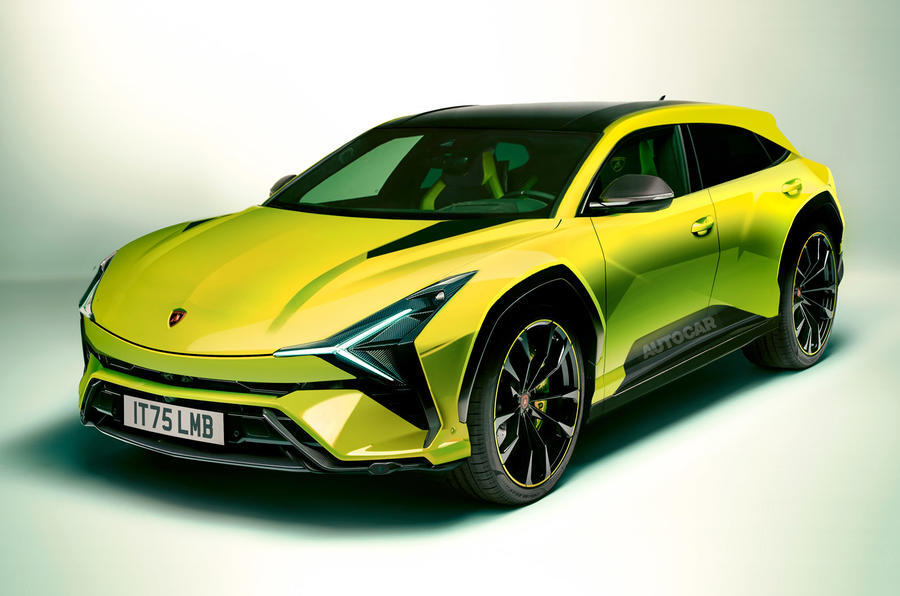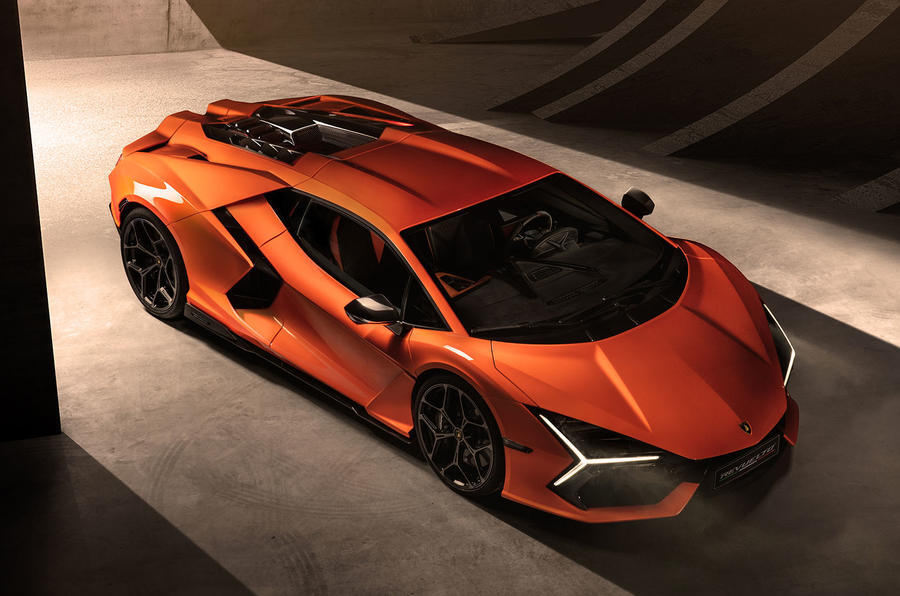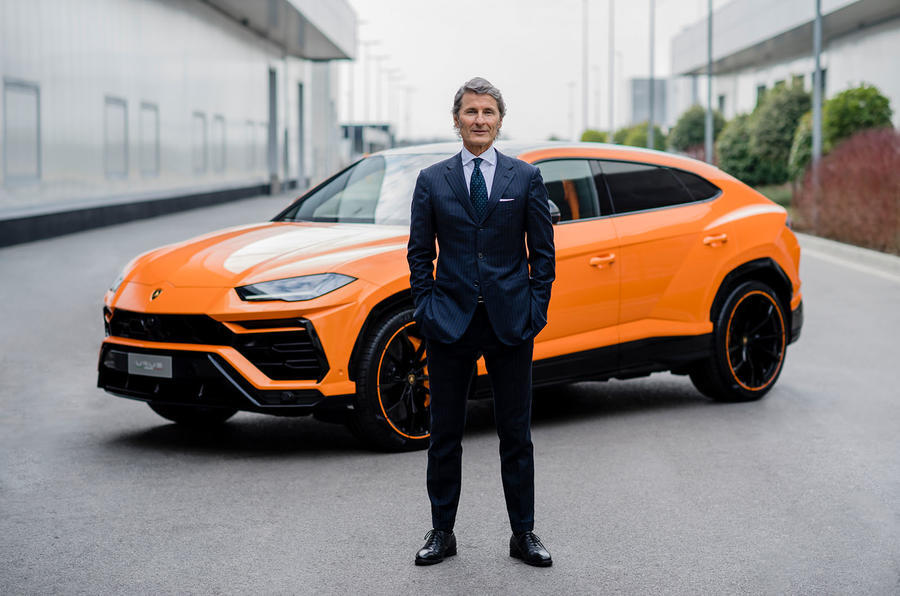The Lamborghini Urus will go hybrid-only from next year ahead of the launch of an all-electric second-generation version in 2029.
The twin-turbo 4.0-litre V8-based plug-in Urus will be the second plug-in hybrid Lamborghini after the launch of the Aventador-replacing Revuelto, company CEO Stephan Winkelmann confirmed to Autocar.
The hybrid will replace the pure-petrol V8 Urus in the line-up towards the end of 2024 and stay on sale until close to the end of the decade, when an electric Urus will replace it in a second generation.
That electric Urus will follow the 2028 launch of the Italian firm’s first EV, which will be a fourth model line with no predecessor. This car will take the form of a high-riding 2+2 GT, a car with “more ground clearance", and will be "an innovative way of doing a GT”.
“It will be about sustainability, have better visibility and have the design of a very sexy car, but still immediately recognisable as a Lamborghini,” said Winkelmann. It will also feature “high-performance batteries that nobody else has and will be unique in the market.”
Work on this model remains at the design phase and Lamborghini is working “on the boundaries of the dream versus what we can actually do”, according to Winkelmann.

Lamborghini needs to wait until 2028 to launch it, because the intervening years will be used to introduce various derivatives of the new Revuelto, the 2024 successor to the Lamborghini Huracán and the hybrid Urus. “We have to grow the size of the company and this takes time,” said Winkelmann.
This time will also be used to reconfigure the Sant’Agata factory, where the Revuelto and Huracán replacement will be built on the same line (the first time it has built these two ranges on the same line), and in time the two electric cars will be made on another production line. The first two years of Revuelto production have already sold out.











Add your comment